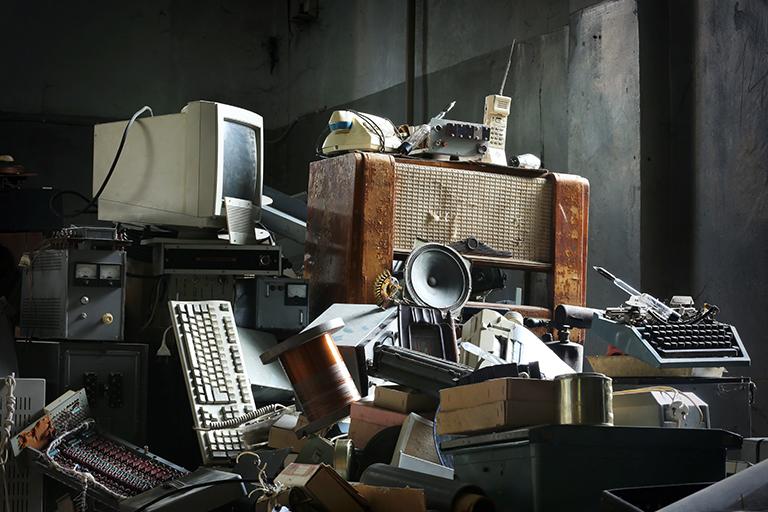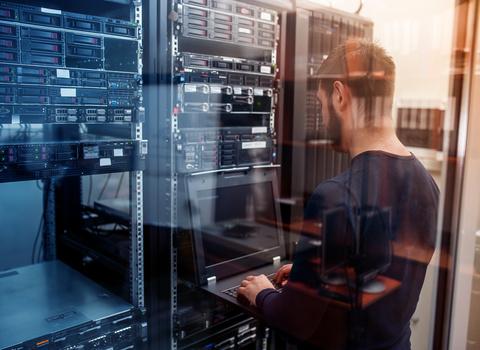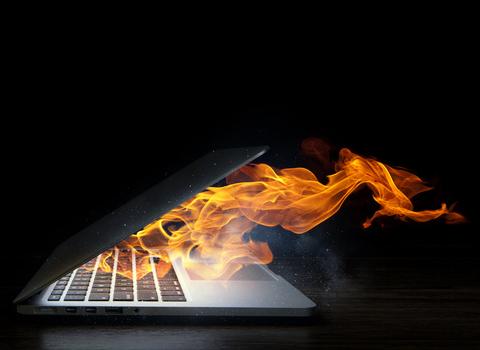It is essential for companies to manage the life cycle of their IT equipment such as desktop and laptops, servers, tablets, etc, because it enables them to anticipate the maintenance and renewal of this equipment and, above all, to control the costs and environmental footprint that this entails.
Computer life cycle and ecological footprint
The life cycle of a computer, or of any product, refers to the different stages of managing an object, from its creation to its destruction or recycling. In business, the lifespan (use time) of a desktop computer is usually 5 years, compared with 3 years for a laptop.
The life cycle includes:
- the acquisition of the raw materials;
- the transportation of the raw materials;
- the manufacture of the product components and its assembly;
- the length of time the product is used;
- the disposal, recycling and recovery of the product or its components.
Of course, the life cycle of a computer has a significant ecological impact at all levels. In terms of raw materials, IT equipment requires metals such as copper, aluminium, lead, zinc, nickel, mercury, cobalt, etc. in addition to plastics.
All of these are materials whose extraction can prove to be polluting. Transport, of course, is also a source of pollution, as is the actual manufacture of the equipment. This requires the use of fossil fuels and large amounts of water. Using IT equipment also uses electricity.
To reduce the ecological footprint of their IT equipment, companies can act in three areas:
- Sourcing : you can purchase refurbished equipment or select suppliers committed to CSR (corporate social responsibility).
- Use : sometimes it may be wise to extend the life cycle of your machines or replace them with more environmentally friendly models.
- End of life : IT equipment can either be refurbished, in order to benefit from a second life with other users, or recycled and sent to the appropriate channels.
👉 Do you know
Waste electrical and electronic equipment (WEEE) is subject to specific regulations. Some components are even classified as hazardous waste and must therefore, in France, be stored in hazardous waste storage facilities
How can you optimise the life cycle of your computers?
For both financial and environmental reasons, it is important to optimise the life cycle of your computers. Your first thought will be to extend the life of the equipment in order to delay investment in new IT equipment.
However, there are a number of disadvantages to this:
- higher maintenance costs: the older your IT equipment, the more faults and problems requiring the intervention of a technician you will encounter. In addition, you will have to replace certain components.
- security risks : obsolete software, applications not updated - ageing systems are more likely to have security loopholes familiar to hackers. Newer computers offer advanced security features and can protect better against data breaches and cyberattacks. This is a major challenge for all types of organisation.
- falling productivity : computers inevitably end up becoming slower over the years, because they store data that fills their memory. And in any case, new computers will always be faster and more efficient than models that are 3 or 4 years old.
The best way to manage the life cycle of your computers is to anticipate renewing them according to your needs. One way of doing this is to take out an operating lease, which offers many advantages. With an operating lease, you finance the use of your IT equipment with a monthly payment, which also includes maintenance, repairs and support.
In addition, your contract lets you change IT equipment when your activity requires it, not when your equipment becomes obsolete. The costs associated with renewing and maintaining your IT equipment are thus controlled and you will always have high-performance equipment.
Operating leases also help reduce the environmental footprint inherent in the life cycle of your IT equipment:
- your old equipment is refurbished to give it a second life; ;
- you receive support with sourcing your equipment, so that you can, for example, consider refurbished computers;
- when the need arises, your equipment is taken back and refurbished, sin accordance with current data protection and WEEE regulations.
By managing the life cycle of your IT equipment, not only can you reduce your costs, but you can also improve your CSR assessment.
👉 Also read : LCSR: a performance lever for companies./a>.
Olinn supports you in the manage of your IT equipment !



